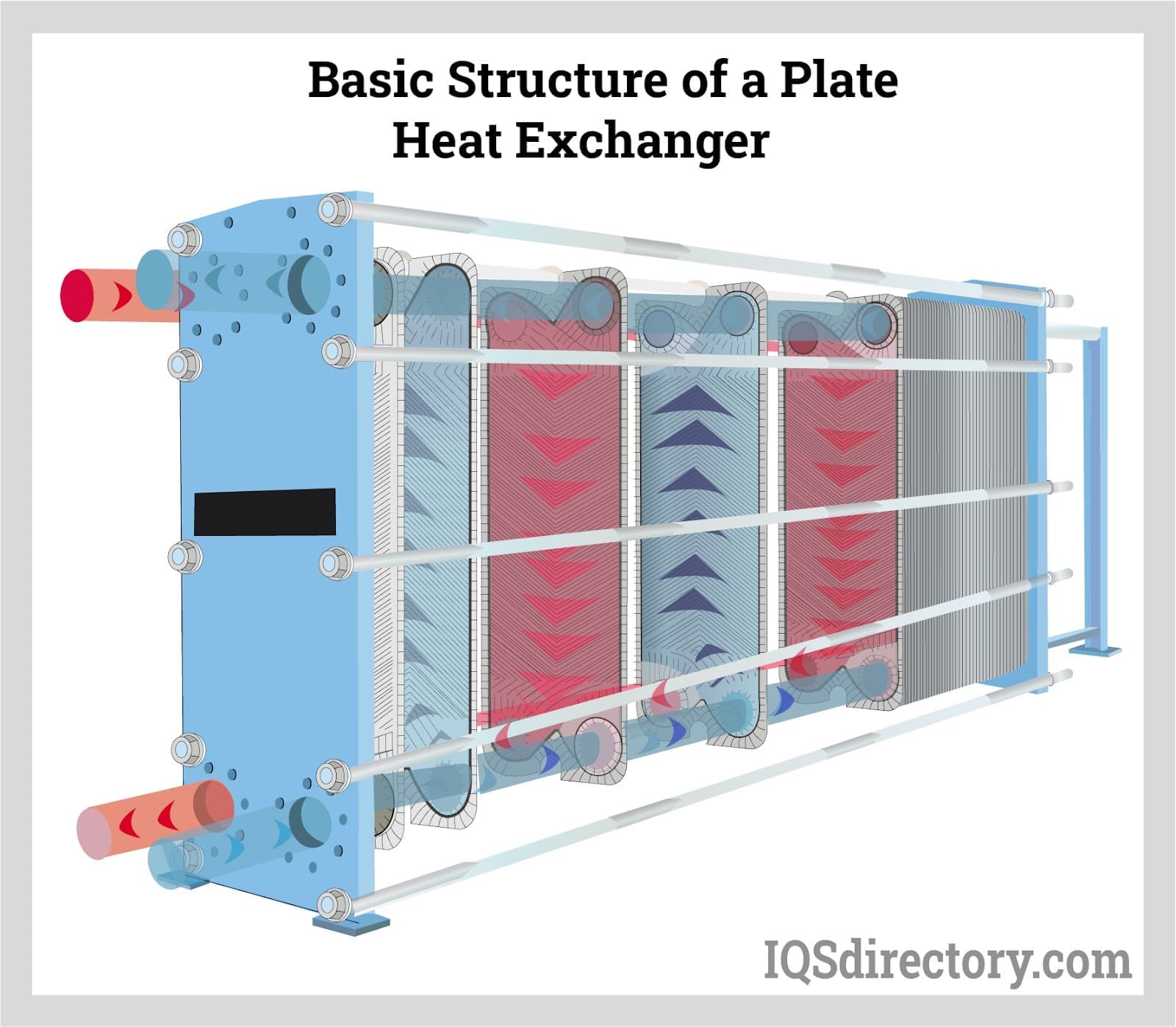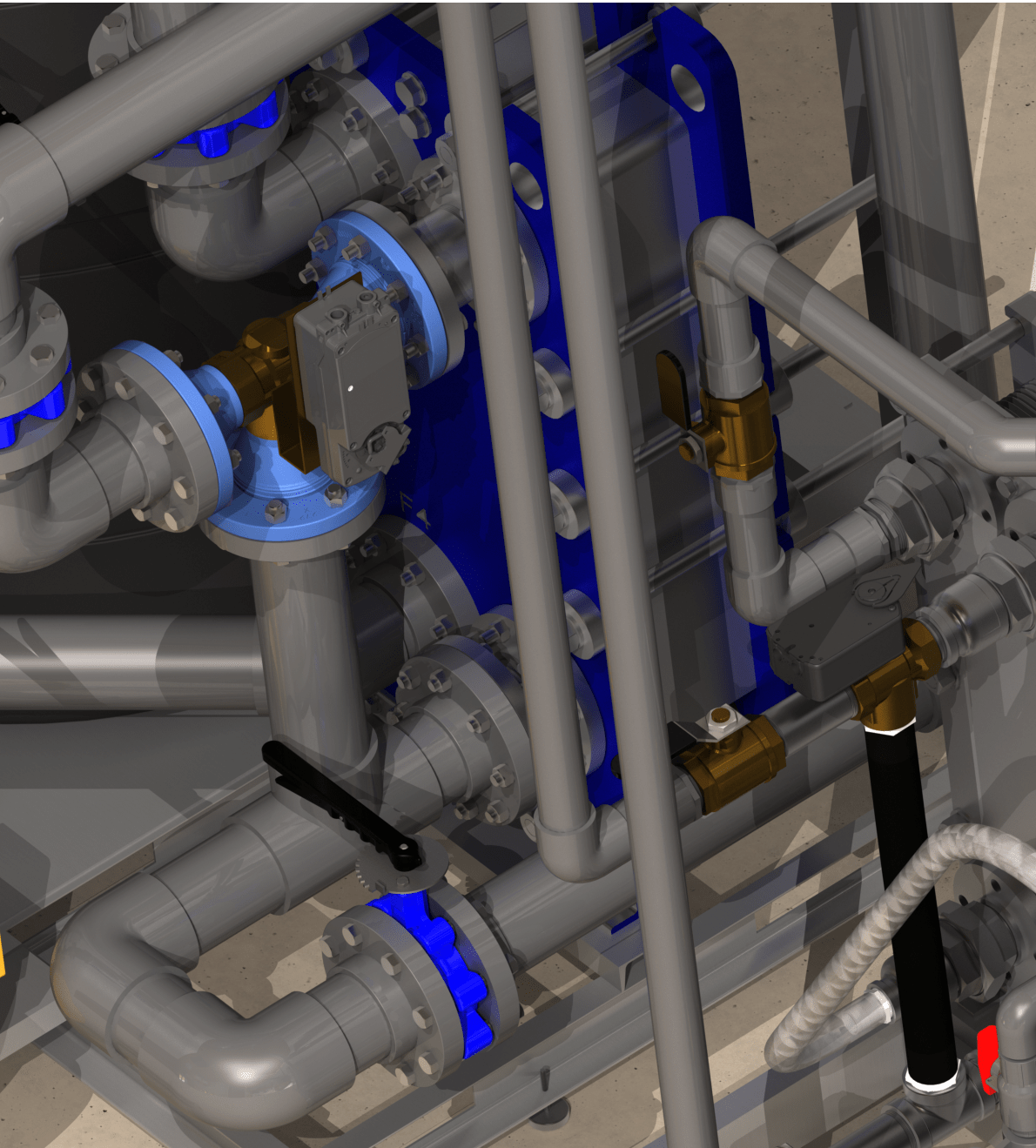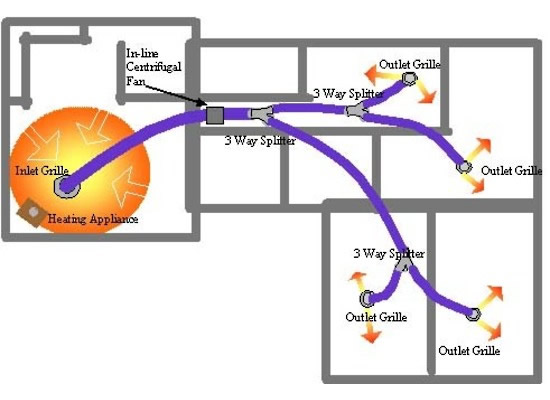A Deep Dive into Advanced CFD Modeling in DVS Heat Transfer Systems
Wiki Article
Innovations in Heat Transfer Solutions: What You Required to Know for Ideal Performance
Developments in Heat transfer systems are transforming efficiency across different markets. Advanced materials like graphene and nanofluids assure considerable renovations in thermal conductivity. The combination of IoT and maker discovering provides opportunities for real-time surveillance and improved power effectiveness. The landscape of thermal management is rapidly progressing. Understanding these growths is vital for accomplishing optimal system efficiency and sustainability in the future. What certain improvements are shaping this improvement?Arising Products for Boosted Heat Transfer

Advanced Heat Exchanger Layouts
While typical Heat exchangers have served their objective in different applications, progressed layouts are currently emerging to satisfy the raising needs for performance and performance. These ingenious designs, such as plate, shell-and-tube, and finned-tube Heat exchangers, include enhanced surface areas and improved flow patterns to boost thermal transfer prices. On top of that, small layouts permit for reduced area requirements without compromising efficiency. Advanced products, such as composites and corrosion-resistant alloys, furthermore improve durability and efficiency under severe conditions. Simulation modern technologies and computational liquid characteristics are progressively employed to refine these layouts, making certain peak Heat transfer characteristics. As markets look for to decrease power usage and make the most of output, the adoption of innovative Heat exchanger layouts is pivotal in attaining these goals.The Function of Nanotechnology in Heat Transfer
Nanotechnology plays a crucial function in boosting thermal conductivity within Heat transfer systems. By controling materials at the nanoscale, researchers have attained substantial improvements in energy efficiency. These developments not only enhance efficiency however also add to even more sustainable energy remedies.Improved Thermal Conductivity
Significant advancements in thermal conductivity have arised with the application of nanotechnology, revolutionizing Heat transfer systems throughout various sectors. By incorporating nanoparticles right into Heat transfer liquids and materials, scientists have actually achieved impressive boosts in thermal conductivity. These nanoparticles, such as carbon nanotubes, graphene, and steel oxides, boost the Heat transfer properties as a result of their high area and one-of-a-kind thermal qualities. The resulting composites show enhanced efficiency in applications ranging from electronics cooling down systems to renewable resource innovations. The ability to customize the size, form, and make-up of nanoparticles allows for maximized thermal administration solutions. Because of this, nanotechnology continues to play a crucial role in the development of extra effective and efficient Heat transfer systems, leading the way for enhanced commercial applications.
Power Performance Improvements

Assimilation of IoT in Heat Transfer Solutions
The combination of IoT in Heat transfer systems presents the application of clever sensing units that enhance operational efficiency. These sensors enable real-time information surveillance, enabling instant changes and optimizations. This technological innovation has the possible to considerably boost efficiency and energy administration in Heat transfer applications.Smart Sensors Execution
As Heat transfer systems advance, the integration of smart sensors through the Web of Things (IoT) has become a transformative approach. These sensors make it possible for real-time surveillance of flow, pressure, and temperature level prices, enhancing system efficiency and integrity. By collecting and transmitting data, they help with proactive maintenance, decreasing the danger of system failings. Furthermore, clever sensors add to energy savings by refining functional specifications based upon environmental conditions. Their capacity to examine trends and abnormalities enables informed decision-making, making certain peak efficiency of Heat transfer systems. As sectors significantly embrace this technology, the implementation of clever sensing units stands to transform just how Heat transfer systems are handled, paving the means for higher sustainability and boosted efficiency end results.Real-Time Information Surveillance
How can real-time data keeping an eye on boost the performance of Heat transfer systems? By integrating Net of Things (IoT) innovation, Heat transfer systems can utilize continuous data collection from smart sensing units. This real-time monitoring permits for immediate analysis of pressure, temperature level, and circulation prices, making it possible for operators to determine ineffectiveness without delay. As a result, adjustments can be made to enhance efficiency, decrease energy consumption, and prolong tools lifespan. Additionally, predictive upkeep can be implemented, lessening unforeseen downtime and costly fixings. The ability to picture performance metrics via dashboards improves decision-making, promoting a positive method to system management. Ultimately, real-time data monitoring not only boosts functional performance but also adds to sustainability objectives within industrial processes.Energy Performance and Sustainability Trends
Power performance and sustainability fads are improving the landscape of Heat transfer systems, driving innovation and compliance across different sectors. Organizations are increasingly prioritizing energy-efficient styles to reduce operational prices and decrease ecological effects. The combination of renewable resource resources is ending up being more common, enabling Heat transfer systems to run sustainably while fulfilling governing requirements. Furthermore, innovations in technologies and materials advertise lower power usage and improve general efficiency. Lifecycle evaluations are additionally acquiring grip, allowing companies to assess the ecological effect of Heat transfer systems from production to disposal. This concentrate on sustainability not only sustains business responsibility yet additionally positions organizations competitively in a market where customers significantly favor green solutions. Subsequently, energy effectiveness DVS Heat Transfer Systems and sustainability stay essential factors to consider for future developments in Heat transfer innovation.Innovations in Thermal Management Solutions
While the demand for effective Heat transfer continues to climb, innovations in thermal monitoring remedies are emerging to attend to both efficiency and sustainability difficulties. Advanced materials, such as phase change products and nanofluids, are being created to enhance Heat transfer performance - DVS Heat Transfer Systems. These products enhance thermal conductivity and enable much better temperature regulation in numerous applications. In addition, technologies like energetic thermal control systems are getting grip, allowing real-time changes to take care of Heat circulation effectively. These systems add to energy financial savings and minimize the environmental impact of thermal processes. The assimilation of IoT in thermal administration helps with surveillance and anticipating upkeep, making sure enhanced performance and long life of Heat transfer systems. Generally, these advancements represent substantial strides towards more lasting thermal management methodsFuture Directions in Heat Transfer Technology
Emerging innovations in thermal management remedies signify an appealing future for Heat transfer innovation. Researchers are progressively concentrating on developing materials with premium thermal conductivity and boosted power efficiency. Innovations such as nanofluids, which contain suspended nanoparticles, provide considerable improvements in Heat transfer efficiency. Furthermore, the combination of smart products that adjust to varying temperature problems is getting traction, enabling for even more responsive and efficient systems. The surge of additive manufacturing strategies is additionally allowing the design of intricate Heat exchanger geometries that enhance liquid circulation. The implementation of maker learning formulas is expected to reinvent the optimization of Heat transfer systems, promoting predictive maintenance and performance enhancement. Collectively, these developments are poised to change the landscape of Heat transfer modern technologies in various sectors.
Regularly Asked Concerns

How Do I Select the Right Heat Transfer System for My Application?
Selecting the best Heat transfer system includes evaluating application demands, consisting of temperature varieties, fluid residential or commercial properties, and performance requirements. Assessing system types, upkeep considerations, and cost-effectiveness likewise plays an essential duty in making a notified choice.What Are the Upkeep Demands for Advanced Heat Exchangers?
Maintenance requirements for sophisticated Heat exchangers generally include regular inspections, keeping track of for leakages, cleansing of surface areas, and guaranteeing excellent circulation prices. Complying with maker standards guarantees efficient procedure and prolongs the devices's life expectancy.
Just How Do Ecological Aspects Affect Heat Transfer Effectiveness?
Ecological aspects substantially influence Heat transfer efficiency. Variants in humidity, temperature level, and air movement impact thermal conductivity and convective Heat transfer, inevitably influencing system performance and demanding consideration throughout the layout and procedure of Heat transfer systems.What Security Standards Apply to Heat Transfer Equipments?
Security requirements for Heat transfer systems normally include standards from organizations such as ASME and ASTM. DVS Heat Transfer Systems. These requirements address materials, style, and operational methods to ensure reliability, efficiency, and defense versus risks in numerous applications
Just How Can I Repair Usual Heat Transfer System Issues?
Repairing typical Heat transfer system problems entails looking for leakages, guaranteeing appropriate fluid flow, inspecting insulation stability, and confirming temperature differentials. Determining these variables can assist maintain system effectiveness and stop more issues.Nanotechnology plays an essential role in enhancing thermal conductivity within Heat transfer systems. Substantial innovations in thermal conductivity have emerged through the application of nanotechnology, reinventing Heat transfer systems throughout various sectors. Improvements in thermal conductivity with nanotechnology have actually led the means for amazing enhancements in power efficiency within Heat transfer systems. Power effectiveness and sustainability fads are reshaping the landscape of Heat transfer systems, driving development and conformity across numerous sectors. The integration of IoT in thermal monitoring promotes surveillance and predictive maintenance, ensuring maximized efficiency and longevity of Heat transfer systems.
Report this wiki page